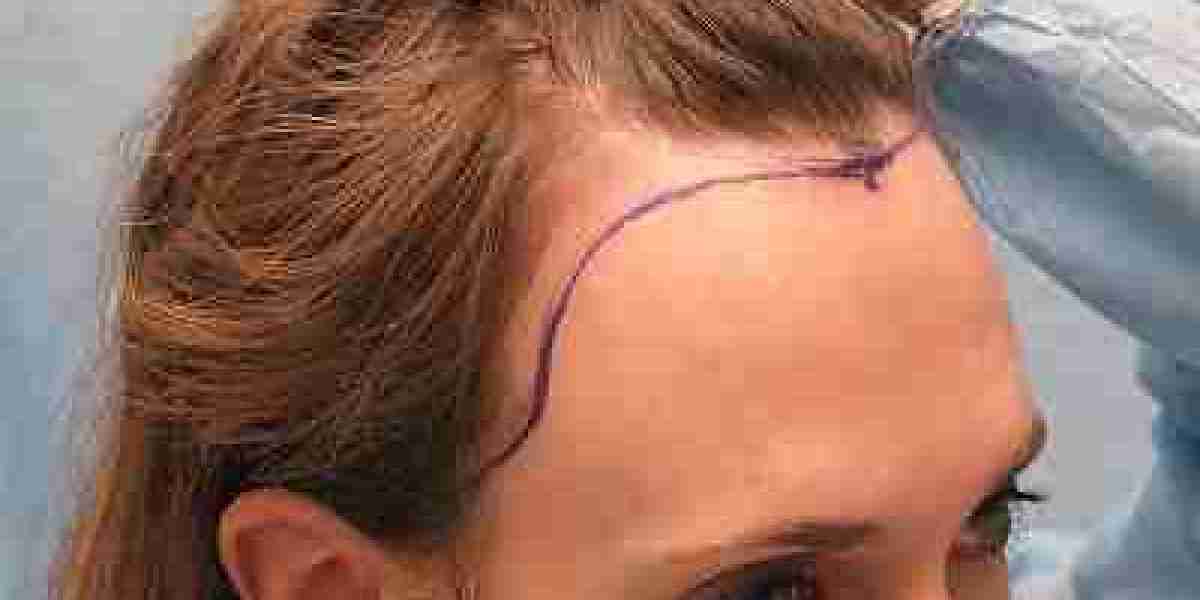A hair transplant in Islamabad is a long-term investment in your appearance and confidence, but it requires patience before you see the full results. Many patients wonder, "How long will it take for my transplanted hair to grow?" The answer varies from person to person, but there is a general timeline that most individuals follow.
In this blog, we will outline the expected hair growth timeline, what changes to expect at each stage, and factors that can influence your results.
Understanding the Hair Growth Cycle
Before diving into the timeline, it’s essential to understand that hair grows in a cycle consisting of three phases:
Anagen (Growth Phase) – The active growth stage where hair follicles produce new strands.
Catagen (Transition Phase) – A short period when hair stops growing and prepares to shed.
Telogen (Resting Phase) – The hair falls out, making room for new hair to grow.
A hair transplant disrupts this cycle, meaning the newly transplanted follicles go through a temporary shedding phase before entering active growth.
Hair Transplant Growth Timeline
Week 1: Immediate Post-Procedure Stage
Right after surgery, the scalp may be red, swollen, and slightly tender.
Small scabs will form around the transplanted grafts.
Following proper aftercare is crucial to ensure optimal healing.
Weeks 2-4: Shedding Phase (Shock Loss)
Around 10-20 days post-transplant, the newly transplanted hairs may start shedding.
This is known as shock loss, a natural process where the hair shafts fall out, but the follicles remain intact.
Some patients might feel concerned, but this is a temporary and expected phase.
Months 2-4: Dormant Phase
The scalp returns to normal, but there might not be any visible hair growth yet.
The follicles are adjusting and preparing for the regrowth phase.
Some individuals may notice fine, thin hair beginning to emerge around month 4.
Months 5-7: Initial Growth Phase
The first signs of significant hair growth appear.
The new hair may be thin, uneven, or slightly curly at first.
Density gradually improves as more follicles become active.
Months 8-12: Noticeable Hair Growth
By month 8, most patients see a significant improvement in their hairline and density.
The hair starts to thicken and look more natural.
If multiple sessions were needed, additional growth will continue to improve the overall look.
12-18 Months: Full and Final Results
The final results of the transplant are typically visible between 12 to 18 months.
The transplanted hair should have full density, a natural appearance, and consistent texture.
Regular trimming and care will help improve hair quality.
Factors That Influence Hair Transplant Results
1. Individual Healing and Hair Growth Rate
Each person’s hair grows at a different speed, so results may vary.
Younger patients may experience faster growth compared to older individuals.
2. Type of Hair Transplant Technique
FUE (Follicular Unit Extraction) and FUT (Follicular Unit Transplantation) have similar growth timelines.
However, FUE may result in slightly faster healing due to its minimally invasive nature.
3. Post-Operative Care
Proper aftercare is essential to ensure successful results.
Avoiding smoking, alcohol, direct sun exposure, and intense exercise can aid in faster healing.
4. Hair and Scalp Condition
Individuals with a healthy scalp and good donor hair quality tend to see better and faster results.
Conditions like dandruff, poor circulation, or underlying health issues can slow down progress.
How to Speed Up Hair Growth After a Transplant?
While you cannot drastically change the natural hair growth cycle, here are some tips to promote faster and healthier hair growth:
Follow Your Doctor’s Instructions – Stick to the prescribed medications and aftercare routine.
Maintain a Healthy Diet – Foods rich in protein, biotin, and iron support strong hair growth.
Use Gentle Hair Products – Avoid harsh shampoos or chemical treatments that can irritate the scalp.
Massage the Scalp – Improves blood circulation, which nourishes hair follicles.
Consider PRP Therapy – Some clinics recommend Platelet-Rich Plasma (PRP) therapy to boost growth.
Conclusion
A hair transplant is a gradual process that requires patience and proper care. While the initial shedding phase may be discouraging, it’s a natural part of the process. By 6 to 12 months, you will see significant improvements, and by 18 months, you will have full, natural-looking hair.







